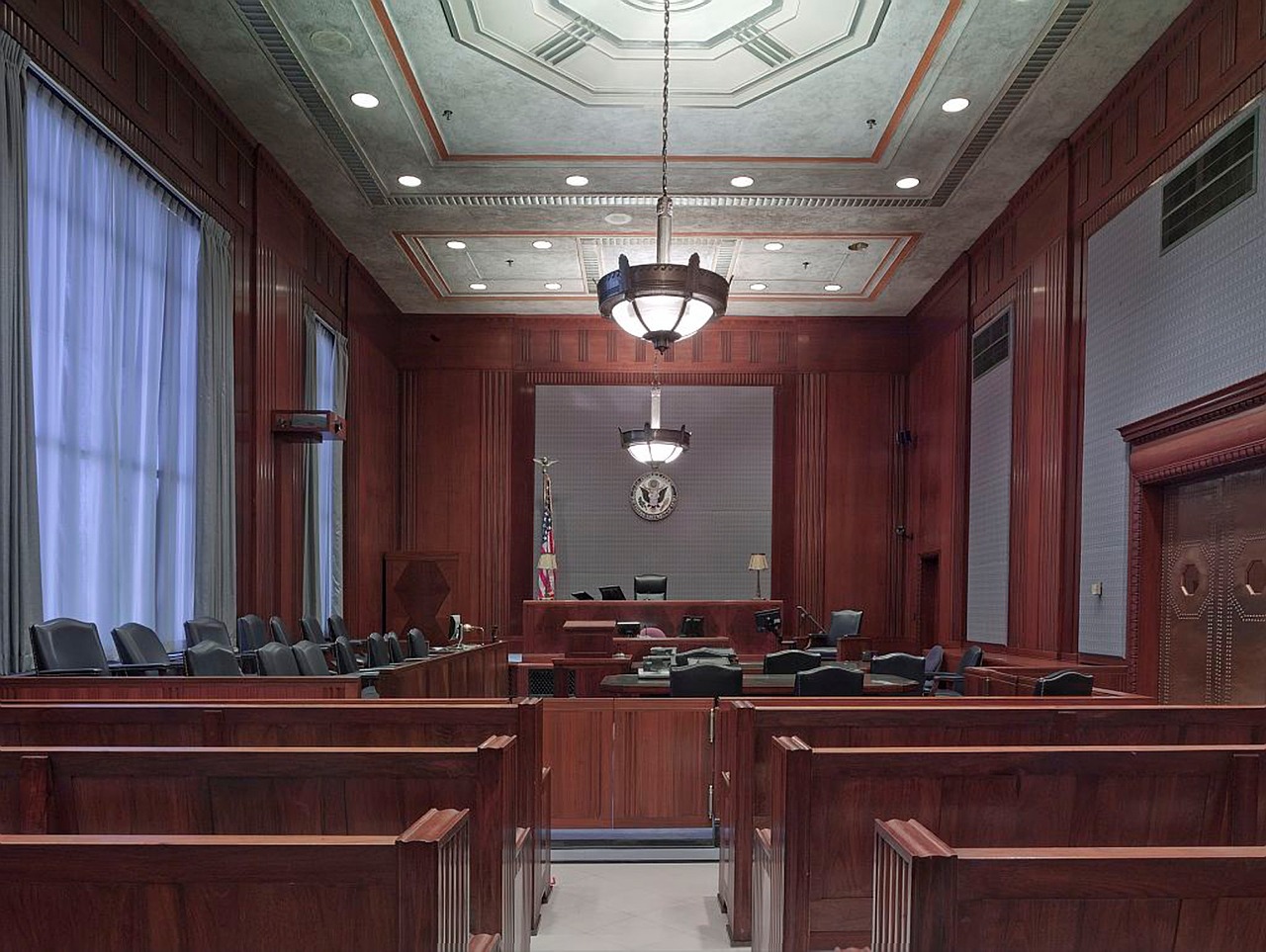Pursuing a Collectible Defendant

Sometimes, people do not have enough insurance to cover the damages they caused another person in a car crash. Hopefully, the person hurt will have underinsured motorist (“UIM”) coverage that can help cover some of the damages past what the other driver is covered for. While in many cases these two insurance policies are the only realistic sources of recovery after an injury, sometimes a defendant will be “collectible”. This means that she has personal assets that could be used to satisfy a damages award that is above the limits of her liability policy.
If someone’s injuries are bad enough, sometimes the other driver’s liability insurer will know quickly that the injured person is entitled to the policy limits and will offer that full amount. Typically, the injured person would then look to his own UIM insurer to recover the rest of his damages. However, there might be another option if the driver who caused the crash has assets and is personally collectible: The plaintiff could settle with his own insurance company before trial and then go to trial against the collectible defendant. If the jury awards the plaintiff an amount of money higher than the defendant’s policy limits, the plaintiff can recover from the defendant personally.
This is outlined in an Ohio appellate court case, Caraman v.
Bailey, 8th Dist. Cuyahoga No. 94986, 2011-Ohio-481. There, the plaintiff was injured in a car crash and sued both the driver of the other vehicle and his own UIM carrier. The other driver only had $15,000 in liability coverage. Before trial started, the plaintiff’s own insurance company settled with him and paid him $25,000. After that, the injured person decided to take the other driver to trial and succeeded. He was awarded ,000: ,000 more than the other driver’s ,000 policy limits.
Trying to avoid personal liability for the injuries he caused, the other driver tried to argue he was entitled to “‘setoff’ the amount of his personal exposure against the amount of money the plaintiff received from his own insurer. In plain English, the other driver didn’t want to pay the additional $5,000 he owed the person he hurt, so he tried to say he should get credit for what someone else had paid.
Luckily, the courts were not buying his argument and said he did not get any credit for money paid by the plaintiff’s UIM insurer. Instead, the other driver was still responsible for the full amount of the judgment against him, even if it was over his policy limits.
This strategy could be useful in cases where a driver with low policy limits but lots of personal assets has caused significant injuries to someone. It allows the injured person to settle with his own insurance company, go to trial against the driver who hurt him, and then potentially enforce a personal judgment against the other driver that is higher than that driver’s policy limits.
If the UIM carrier will waive subrogation of amounts recovered from the other driver, this could give plaintiffs another avenue for pursuing excess judgments against collectible defendants.

